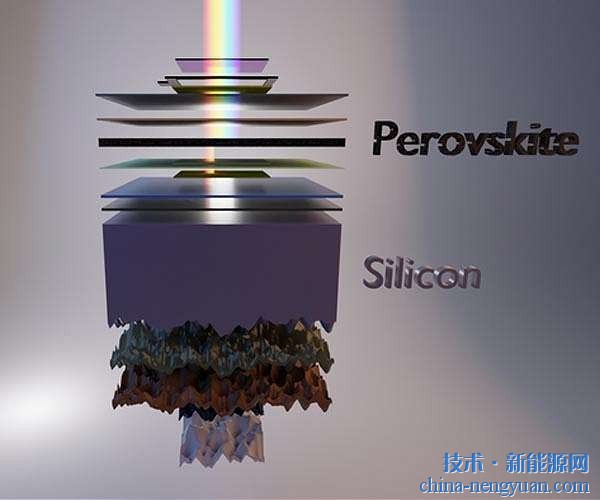Hefei Research Institute made new progress in hydrogen production from photolysis of water based on metal/semiconductor design
 |
At present, the world is facing serious challenges of energy crisis and environmental pollution. Developing efficient and clean renewable energy technologies has become an important goal of governments in all countries. The use of solar energy to photocatalyze the decomposition of water to produce hydrogen is expected to be an effective way to solve the energy crisis. Recently, the research team led by Tian Xingyou, a researcher at the Institute of Applied Technology of the Chinese Academy of Sciences' Hefei Institute of Materials Science, collaborated with the Gao Jian Group, a professor at the University of Science and Technology of China, to make new progress in the research of structural design and synthesis of metal/semiconductor photocatalytic nanomaterials. A photocatalytic water-producing hydrogen catalyst with significantly improved performance. This result was published in "J Mater Chem A" (2016, 4, 12630-12637) with the topic of Au-Pt alloy nanoparticles site-selectively deposited on CaIn2S4 nanosteps as efficient photocatalysts for hydrogen production.
The innovation of this work lies in the fact that the researchers used the previous work (J Phys Chem C, 2014, 118, 27690-27697) to give full play to the characteristics of the nanostep structure on the surface of CaIn2S4, and to use Au-Pt nanoalloys by light reduction. Selectively deposited on the nano-steps of the CaIn2S4 surface. This selective deposition allows photogenerated electrons to spontaneously migrate from the semiconductor to the metal and accumulate on the AuPt alloy at the CaNO2S4 nanostep, while the photogenerated holes accumulate in the recesses of the CaIn2S4 nanosteps, achieving photocatalytic oxidation in space. The separation of sites and reduction sites; at the same time, the difference in electronegativity of the Au-Pt alloy will also lead to the further migration of electrons, which effectively reduces the recombination probability of photogenerated carriers in the photocatalytic reaction process. In addition, the surface plasmon resonance efficiency of Au can broaden the absorption of the solar spectrum by the composite photocatalyst. Therefore, the AuPt/CaIn2S4 composite photocatalyst exhibits good photocatalytic water-hydrogen production under visible light. This study helps to deepen people's understanding of the behavior of photogenerated carriers in composite materials, and also has important guiding significance for the rational design of metal/semiconductor composite photocatalysts.
The work was funded by the National Natural Science Foundation of China, the Natural Science Foundation of Anhui Province, and the Dean’s Fund of the Hefei Research Institute.
Linear Floor Drain,Stainless Steel Linear Floor Drain,Linear Shower Floor Trap,Linear Bathroom Channel Drain
Kaiping City Jinqiang Hardware Products Co.,Ltd , https://www.jmpowerdrain.com
